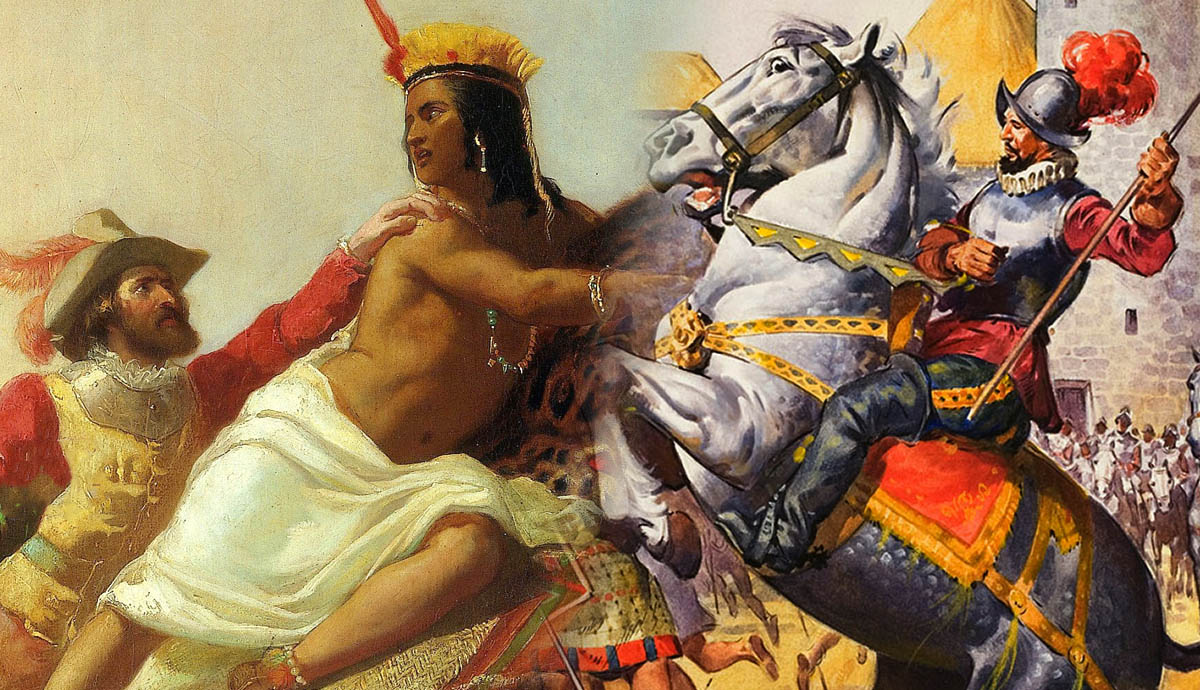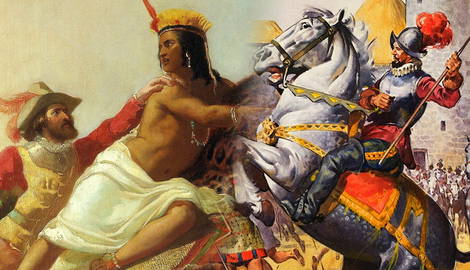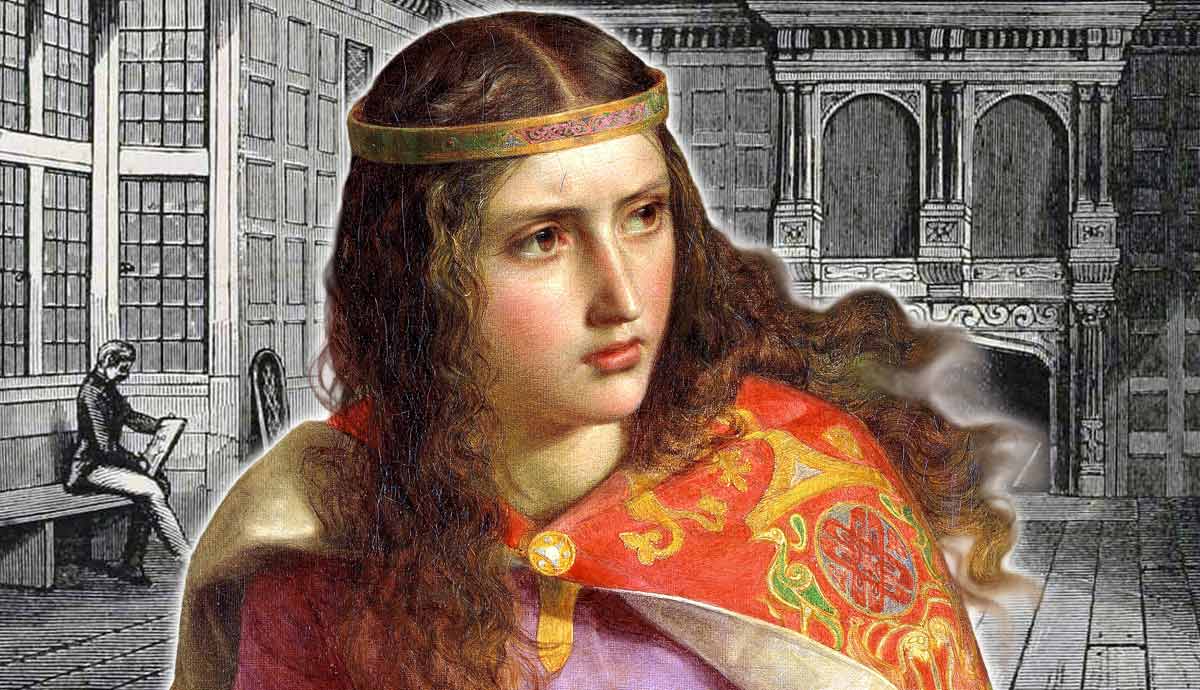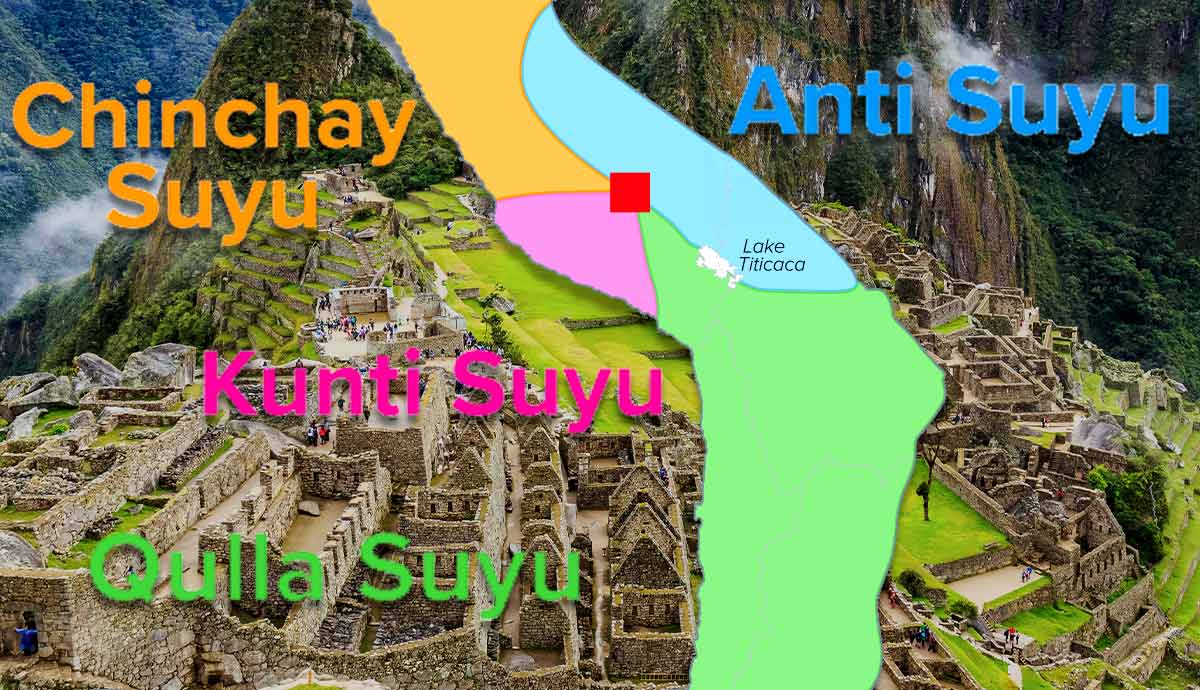
Pizarro and his 168 conquistadors were the first Europeans to make contact with the Inca Empire. In roughly less than two decades, the Spanish – many of whom were not professional soldiers – brought down an Incan army that was hundreds of thousands of men strong and by far the greatest military force within a thousand miles. While the very idea seems ludicrous, further analysis shows a number of reasons for the conquistadors‘ swift domination of the Incan military.
The Fall of the Inca Empire

The Inca Empire was consolidated by Topa Inca Yupanqui (r. 1471-93) and his successor, Huayna Capac (r.1493-1525), in the 15th and 16th centuries. Through diplomacy, trade agreements, and battle, they overcame the warring chiefdoms and pulled together over 12 million diverse peoples across some 690,000 square miles, nearly quadruple their original territory. In addition, the Inca Empire built over 1,500 state edifices and nearly 15,535 miles of state roads to connect and protect its people. Even before Christopher Columbus arrived in the New World in 1492, the Incas possessed the largest empire in the Americas.
However, this newly expanded empire didn’t last long. After Huayna Capac’s death, a civil war erupted between his heir and an illegitimate son, Atahualpa. The conflict ended with a major battle near Cuzco in 1532 with Atahualpa the victor, nearly simultaneous with Francisco Pizarro’s arrival off the coast of Peru.
The meeting between Atahualpa’s court and Pizarro’s conquistadors was peaceful until Atahualpa rejected the Spaniards’ offer of Catholicism. Then, Pizarro launched an attack, slaughtering some 7,000 Incas and kidnapping Atahualpa without losing a single man himself. Within a year, the Spaniards conquered the Inca Empire’s capital of Cuzco, executed Atahualpa, and replaced him with the puppet emperor Manco Inca Yupanqui. However, the young emperor escaped in 1536 and led a guerrilla insurgency against Spanish rule.
The war started with the siege of Cuzco in 1536, where Manco Inca’s massive forces somehow failed to oust the handful of Spanish conquistadors from the city. The Incan army retreated to the fortress of Ollantaytambo, which served as a base to launch guerrilla attacks against Pizarro and other Spanish columns trickling into Peru. However, Manco Inca was forced to continue retreating to the mountain city of Vilcabamba, which Gonzalo Pizarro sacked in 1539. Manco Inca’s murder in 1544 ended the bulk of Spanish-Inca conflict, though pockets of resistance continued for decades more.
Who Were the Spanish Conquistadors?

Francisco Pizarro and the 168 members of his original company largely consisted of men seeking to escape Spain’s rigid social hierarchy. They included the impoverished, illiterate, illegitimate, title-less, or all of the above. Other than marrying up, successful military campaigns in the New World offered the only way for these men to better their status. Thus, it became common practice for these wealth-seeking entrepreneurs to sail to the New World and join forces to pursue their common goal: to strip wealth from native populations. Far from being professional soldiers, most started as lower-class laborers. A man’s share of the booty was directly proportionate to the equipment he invested, be it weapons, armor, or a horse.
In 1532, Pizarro was 54 years old with three decades of fighting experience under his belt in the Americas. He was accompanied by a number of other noteworthy conquistadors who made names for themselves, such as Hernando de Soto and Diego de Almagro. But even with a handful of battle-hardened leaders, how did this company of opportunistic, unprofessional, armed entrepreneurs defeat the Incan army?
Weaponry: A Dire Disadvantage

The size of the Inca Empire testifies to its advanced military equipment and stratagems in conquering its neighboring peoples. However, the very equipment that worked well against its neighbors proved to be less than effective against the conquistadors. Incan warriors were armed with clubs, bows and arrows, bronze or bone-tipped spears, wooden slings and stones, and stone or copper-headed battle axes. They were masterful at hand-to-hand combat and deadly precise with their projectile weapons. Incan fighters protected themselves with shields and armor made of cotton, hides, palm, wood, and metal discs. These proved to be very effective protection against spears and arrows while being light enough to allow the army a high degree of mobility.
However, Incan weaponry was not well-suited for fighting Spanish steel and guns. Indeed, the conquistadors were armed with the most cutting-edge weapons technology in the world. Not only did Spanish weapons cut through Incan armor like paper, but conquistador metal armor made Incan weapons almost entirely ineffective.
Another major disadvantage was cavalry. Horses were completely foreign to the Incas when the Spanish conquistadors arrived. Their closest familiarity was the llama, which is effectively used as a load-bearing and meat-producing animal but is not capable of being ridden. Though Pizarro’s force included only a small cavalry–some 37 horses–the psychological impact of the cavalry’s masterful maneuverability and brutal efficiency was enormously debilitating for Incan fighters. And, of course, a conquistador on horseback could inflict damage much more easily than his compatriot on foot.
Tactically Inadequate

Historically, the Incas dominated Peru through preparedness and numbers. If the enemy rejected the initial terms of surrender, the Inca Empire unleashed its massive army to obliterate them. Because of this, generals preferred either sieges or battles over open terrain, and their overall lack of flexibility in adapting to new techniques against the conquistadors cost them thousands of soldiers and perhaps the war.
The siege of Cuzco lasted nearly a year, from May 1536 to March 1537. Manco Inca mustered over 100,000 troops and 80,000 auxiliaries (some sources say as many as 400,000 total) and began his assault, quickly occupying most of the city while the 196 conquistadors and their 500 native allies held out in two large stone buildings in the main square. After narrowly avoiding being burned to death after their buildings were set on fire, the conquistadors counterattacked. They battled brutally in the streets and citadels for days, the Spaniards using their horses to devastating effect. Thereafter, the assaults and counterattacks were more sporadic until, finally, many of Manco Inca’s farmer-soldiers returned home for the planting season, forcing the Incan army to withdraw to Ollantaytambo some forty miles away. From there, Manco Inca would be hunted through the Andes until his death at the hands of renegade Spaniards in 1544. Throughout the siege and battle of Cuzco, thousands of Incas died while the conquistadors sustained minimal losses.

Though the Incas did construct obstacles and pits in an effort to counter their horsepower, the conquistadors were able to overcome these attempts and maintain their devastating killing spree. Additionally, the conquistadors used the Incas’ religious warfare rituals and dislike of nocturnal fighting against them multiple times to gain the advantage. The Incas’ traditional advantages of size, logistics, and speed were neutralized by the conquistadors’ advanced weaponry and discipline. Ironically, the speed that allowed their massive armies to muster, pivot, and disperse on command did not guarantee swift adaptability to the loss of their traditional advantages.
This is not to disparage the few Incan generals who gradually found strategies to defeat Spanish parties. Before his death, Atahualpa’s general Quisquis was beginning to learn that he could neutralize Spanish horses by stationing his forces on steep escarpments. Similarly, Quizo Yupanqui conducted a brilliantly successful campaign in the north against the Spanish forces in Lima and Juaja, cutting their lines of communication and preventing them from reinforcing Cuzco. Quizo adopted the highly effective practice of ambushing Spanish columns in the Andes’ narrow gorges and raining boulders on them, wiping out four entire cavalry units with minimal casualties. But unfortunately, these fringe adaptations couldn’t make up for the slaughter at the heart of the Inca Empire.
A Crisis in Leadership

The Incan army lost Atahualpa’s top three generals, Quisquis, Chalcuchimac, and Rumiñavi, while leading hostilities during and following Atahualpa’s captivity. Chalcuchimac and Rumiñavi were both hunted down, tortured, and executed by the conquistadors, while Quisquis was murdered by his own troops after he refused to allow them to disperse and return home. Because of this, Manco Inca lost half of his leadership before he even started–in fact, as a young and naïve puppet emperor, he had helped the conquistadors end Atahualpa’s generals. Once he realized the Spaniards’ duplicity and began his own resistance, he would very much regret not doing more to sustain Incan leadership.
Despite the loss of Atahualpa’s generals, Manco Inca still had two very capable commanders in Tiso and Quizo Yupanqui, as well as captain Illa Tupac. After escaping from Spanish custody, he sent Quizo Yupanqui to attack the conquistador settlement at Lima while the rest of his army launched the siege against the Spaniards entrenched at Cuzco.

One could say that Manco Inca’s most brilliant general, Quizo, was killed by the rigidity of Incan tradition. After proving the most flexible and successful of all the Empire’s commanders through his northern campaign, he was compromised by Manco Inca’s traditional view of warfare and lack of appreciation for the conditions of his northern successes.
The emperor ordered Quizo to destroy Lima quickly and return to help end the conflict at Cuzco. Because the Incan army’s rigid discipline did not allow Quizo to disobey a direct order from his divine emperor, he laid siege to Lima despite the terrain not allowing him to utilize his newly-devised and wildly effective ambush tactics. His forces suffered severe losses in the initial skirmishes, being easily overrun by Spanish cavalry on open ground. Finally, he decided to lead a final assault on the city, during which he was killed and his campaign ended. In this way, Manco Inca caused the death of his finest general by overestimating his invincibility and not understanding the reasons behind his successes. With Quizo’s death, the Incas lost their best hope for defeating the Spaniards.
As for Manco Inca’s last general, Tiso Yupanqui, he was defeated by 1538 and surrendered to the Spanish. Less than a year later, they executed him by burning him alive. Captain Illa Tupac continued fighting for years in the mountains but was ineffective without support. Unfortunately, Manco Inca did not make the most of his commanders’ potential.
Discord and Internal Enemies

Due to the size of the Empire, the Incan army was primarily made up of non-Incas required to serve as a form of tribute. Rather than being distributed evenly, these peoples formed ethnic groups led by their own local commanders. While Quechua served as the Empire’s lingua franca, communication was still difficult between groups, especially during battle. Difficulties in communication were only exaggerated by the sheer size of Incan armies, reaching up to 100,000 in some battles.
In addition to the inevitable confusion of trying to manage so many disparate peoples, not everyone was loyal to the Inca Empire, especially groups newly integrated under Inca rule. The conquistadors’ 500 native auxiliaries bore the brunt of the casualties at Cuzco, saving many if not all of the conquistadors’ lives. Native informants also provided invaluable services in making up for the Spaniards’ severed lines of communication, telling them about the movements of Spanish columns as well as insider information of Incan leadership.
How 200 Spaniards Defeated the Inca Empire

While the Inca Empire’s army came tantalizingly close to eradicating the Spanish intruders, it was outmatched by the conquistadors’ superior equipment as well as its own internal flaws. Incan leaders were slow to recognize the threat posed by the foreigners, slow to adapt to a brand new way of warfare, and undermined by internal discord and its own traditions.











